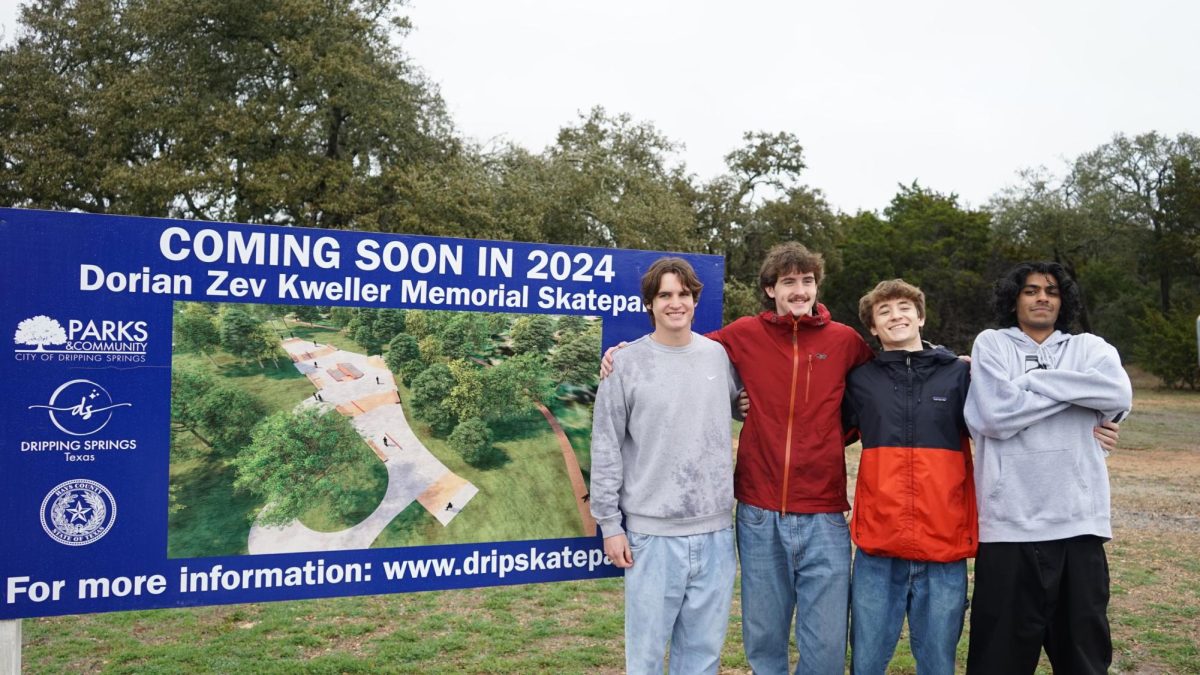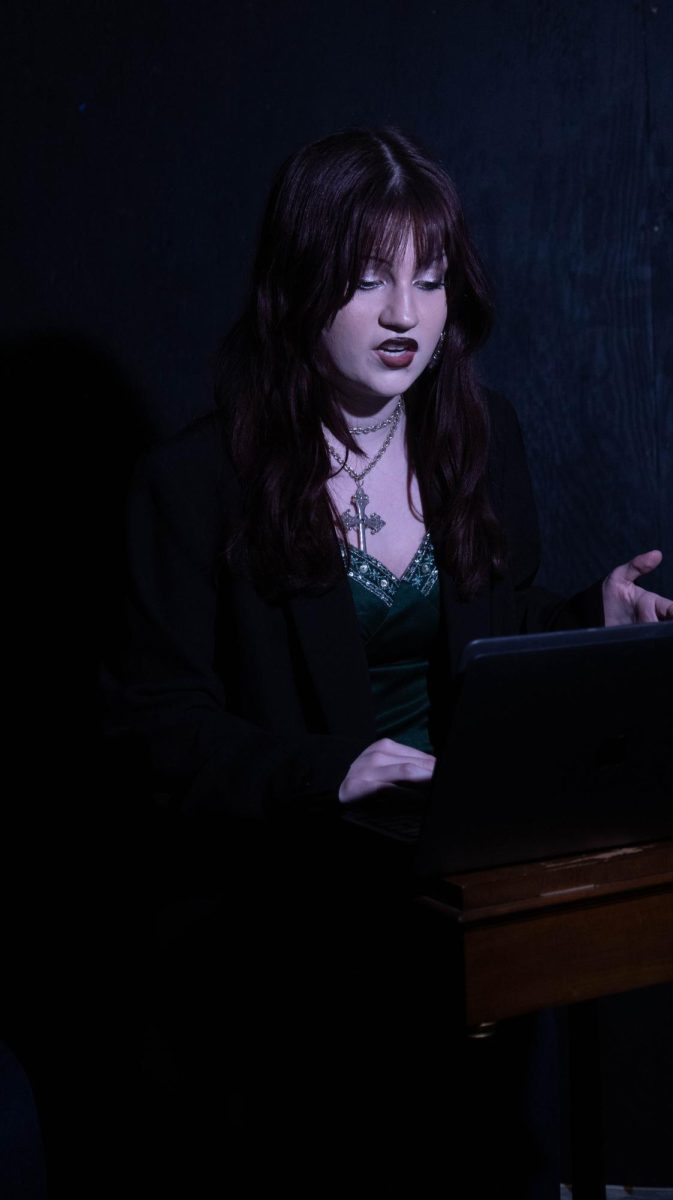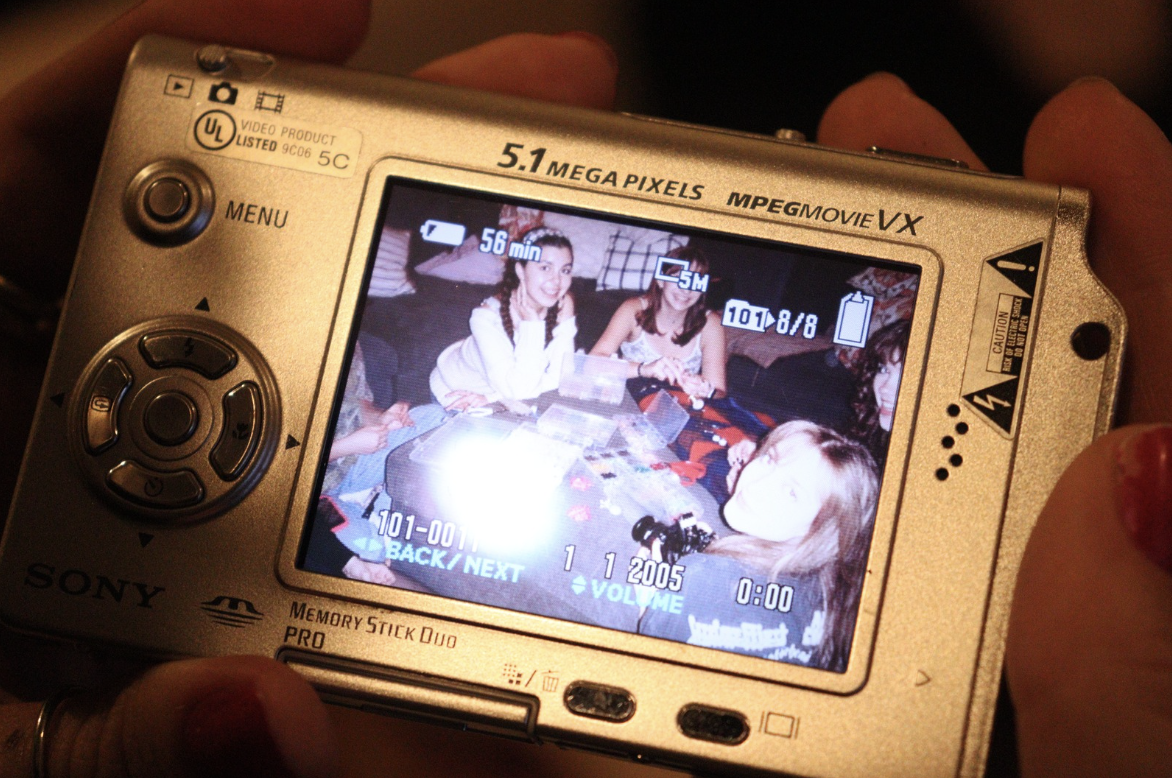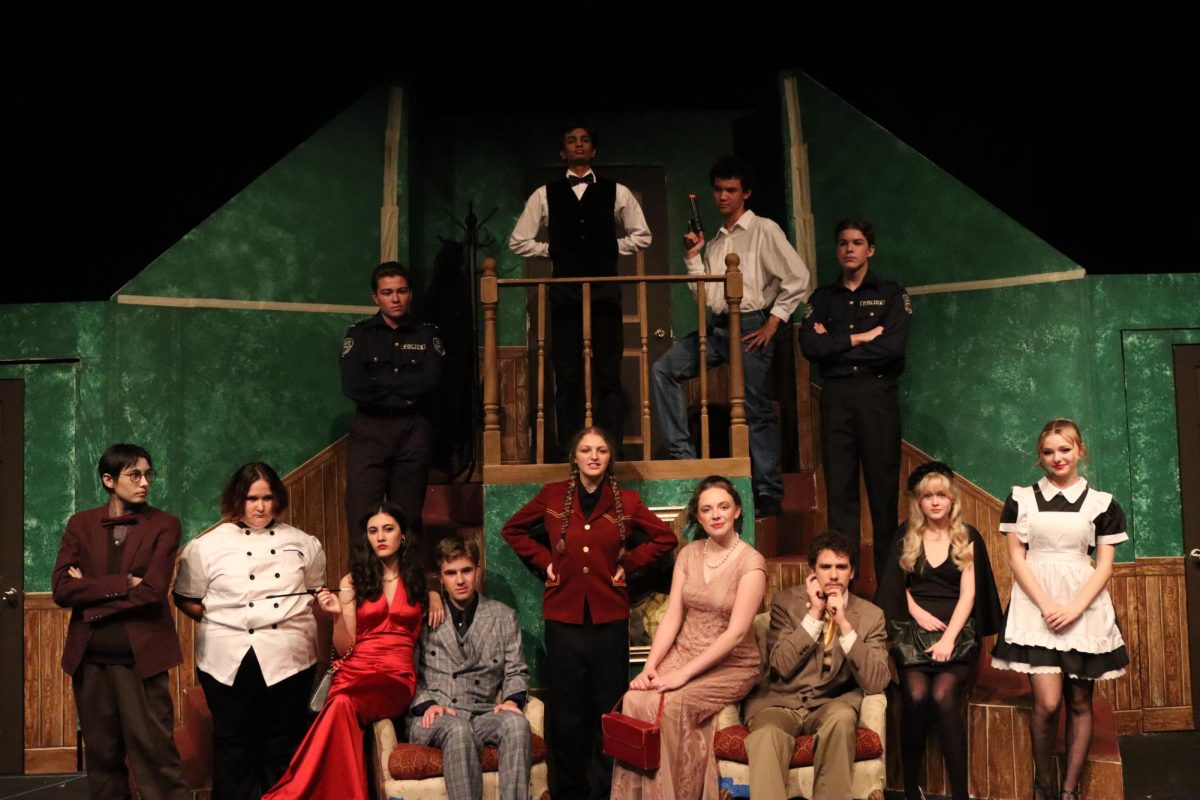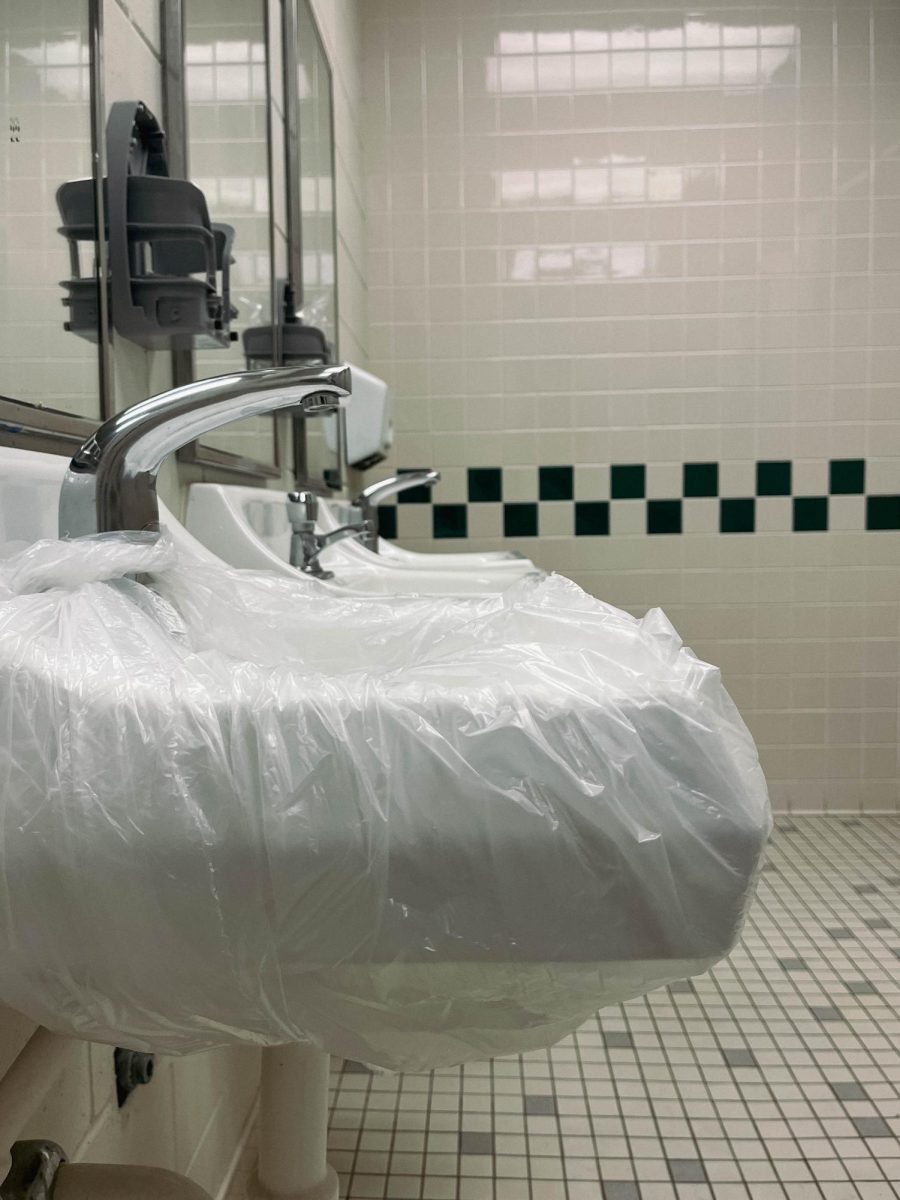In 19th century France, The Paris Morgue became a gruesome attraction that brought in tourists from all around the world. Visitors would line up by the windows of “the only free theatre in Paris” to observe an array of stiff corpses, suffering various mortalities. This was backdropped by street performers, snack carts, and jovial children running around and giggling with their friends, creating a lighthearted atmosphere around the morbid exhibit. As one of many examples, the spectacle of The Paris Morgue showcases a through-line of human history: a collective fascination with tragedy, violence, and death.
More recent advancements in technology have provided an outlet for this fascination by allowing various forms of media to be made covering the topic of true crime. Rather than traveling to excitedly look at dead bodies, public attention has turned toward podcasts, YouTube videos and TikToks all telling stories of real incidents of murder, not holding back on the gruesome details. With this new accessibility and apparent interest in this content, anyone can report on true crime events, and thus, anyone can profit from it. It is not uncommon to see videos with millions of likes and views of a woman doing her makeup and using colloquial phrases such as “here’s the tea” while reciting Wikipedia-researched facts about the killing of a real person. Creators will oftentimes use this as an opportunity to include shoo-in ads for home security and online therapy companies or even those with no relation to the topic at hand whatsoever. The deeply unserious nature of this content is alarming for many reasons. The casualty with which online creators discuss real-life cases of murder not only displays the broader societal desensitization to violence, but is also utterly disrespectful to victims and their families. Those who have lost loved ones to violent crimes are not given any sort of say in who or what can produce media about them and seeing an under-researched, over-theatricalized representation of their deepest loss only serves to worsen the trauma they have experienced. They must watch as the death of a person they knew and cared for gets, as many things nowadays do, turned into a spectacle for the masses which can be capitalized on.
However, even when the topic of true crime is approached with a more serious and educational tone, a problem still lies within a sort of cognitive dissonance developed by the viewership. Late professor Jack B. Haskins defines morbid curiosity as “an enduring usually strong attraction to information about highly unpleasant events that are irrelevant to the individual’s life.” This quote makes an important point about how human fascination surrounding violent topics necessitates that one is at a distance from the violence— protected from corpses by a glass window and supposedly protected from murderers while listening to the stories of their crimes in the comfort of their own home. When true crime is consumed as a form of entertainment, it’s easy to conflate the narratives of real victims with hypothetical, fictionalized tales, whether they are told in a dramatized or nonchalant way.
A major issue with this practice is that this “need” for drama begins to intertwine with a glamorization for violence. Oftentimes, casting directors will hire “heart-throb” actors to play notorious serial killers. Sure we can brush those choices off as marketing tactics, but these patterns can amass quite the fanbase of young impressionable fans who subconsciously begin to tolerate or even romanticize toxicity and offending behaviors within their own relationships. They become enamored with these actor’s portrayals of abuse and develop these vulnerable infatuations vicariously through the screen, which may lead them to similar fates.
A common argument used in the defense of true crime media is that the popularity of this content can help to bring justice to victims in ongoing or recent cases. This can be observed in the case of Gabby Petito, in which publicity and online discussion put pressure on law enforcement to seek the truth, resulting in major developments within the case. However, this type of live public discourse can lead to unsupported accusations of many innocent people. Engagers take it upon themselves to point fingers and twist stories to fit their own ridiculous theories and narratives for a crime, fueling others to interact and do the same. Although it is notable that by keeping these cases in the public eye, these victims and their stories are ensured to not be forgotten. Some content creators actually go as far as to take it upon themselves to reach out to the families of victims before speaking about them to confirm their consent, and some donate the revenue they earn for talking about these cases to charitable causes. Instances like these prove that true crime has the potential to incite actual change in the world, so long as intentions are good and execution is well thought out. It is also important for those who consume this media to engage with it more critically and offer victims and their families the respect and humanity they deserve. As for the morbid curiosity aspect: there are centuries worth of fictional murder-mystery books and movies— perhaps we should take to those instead.



